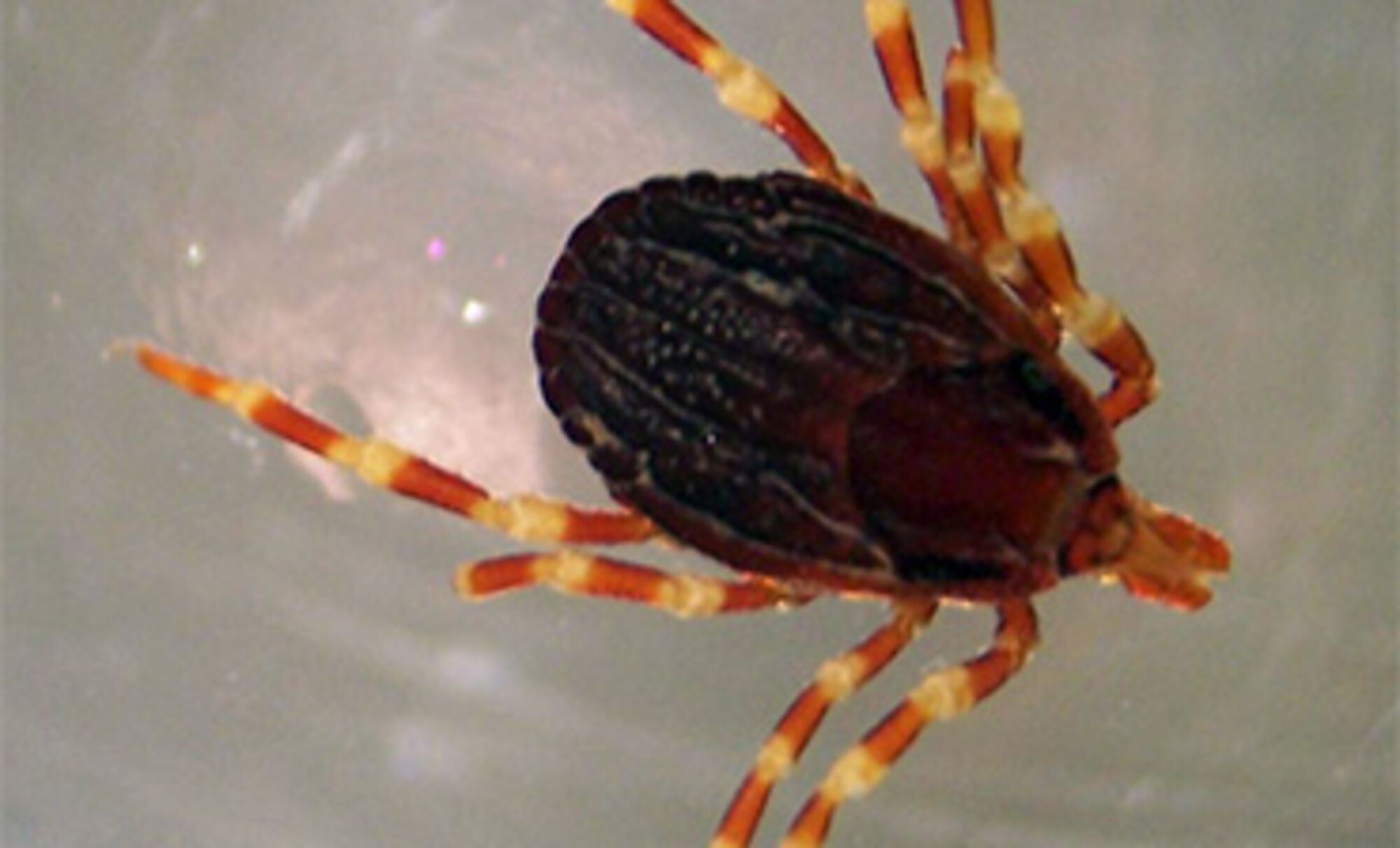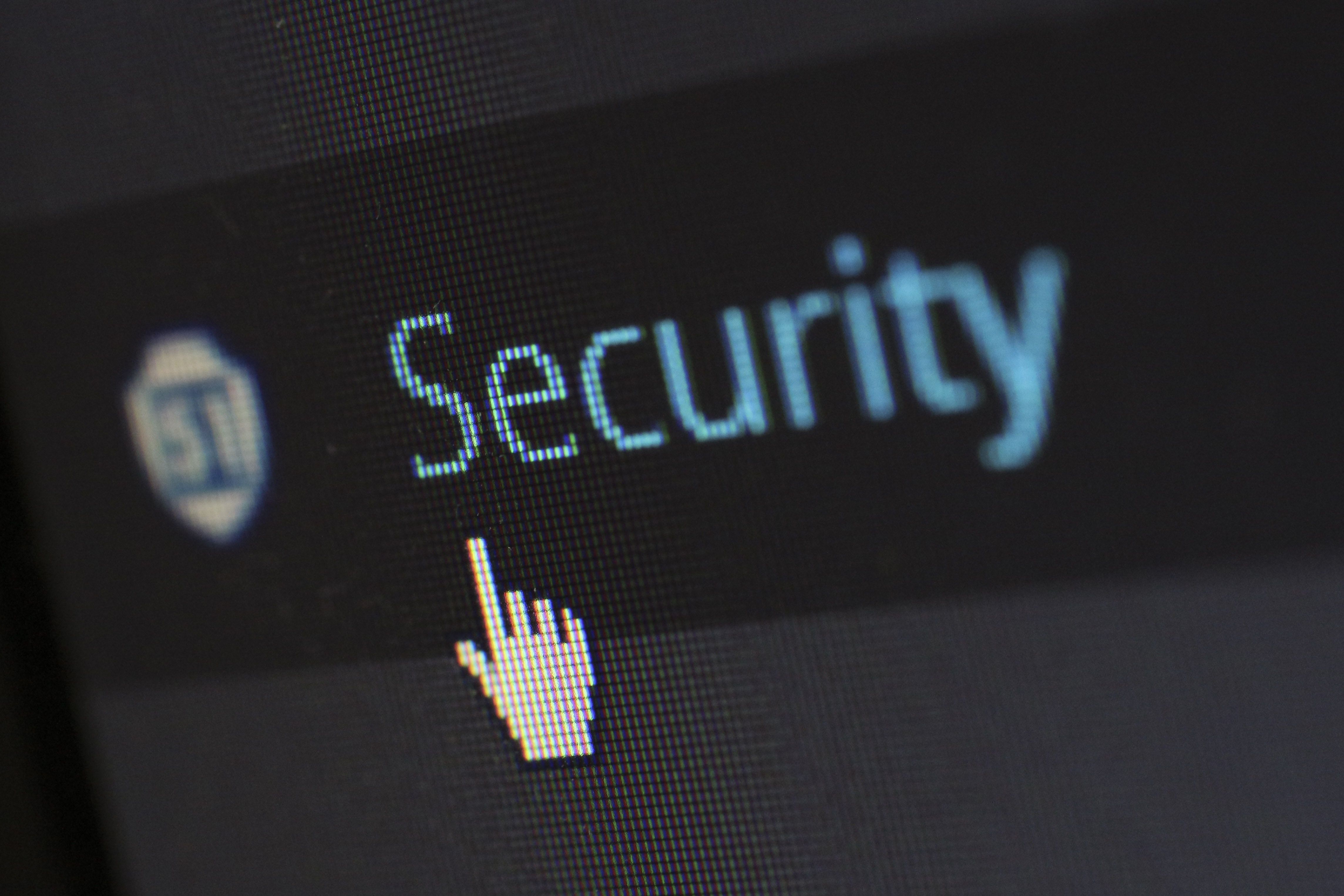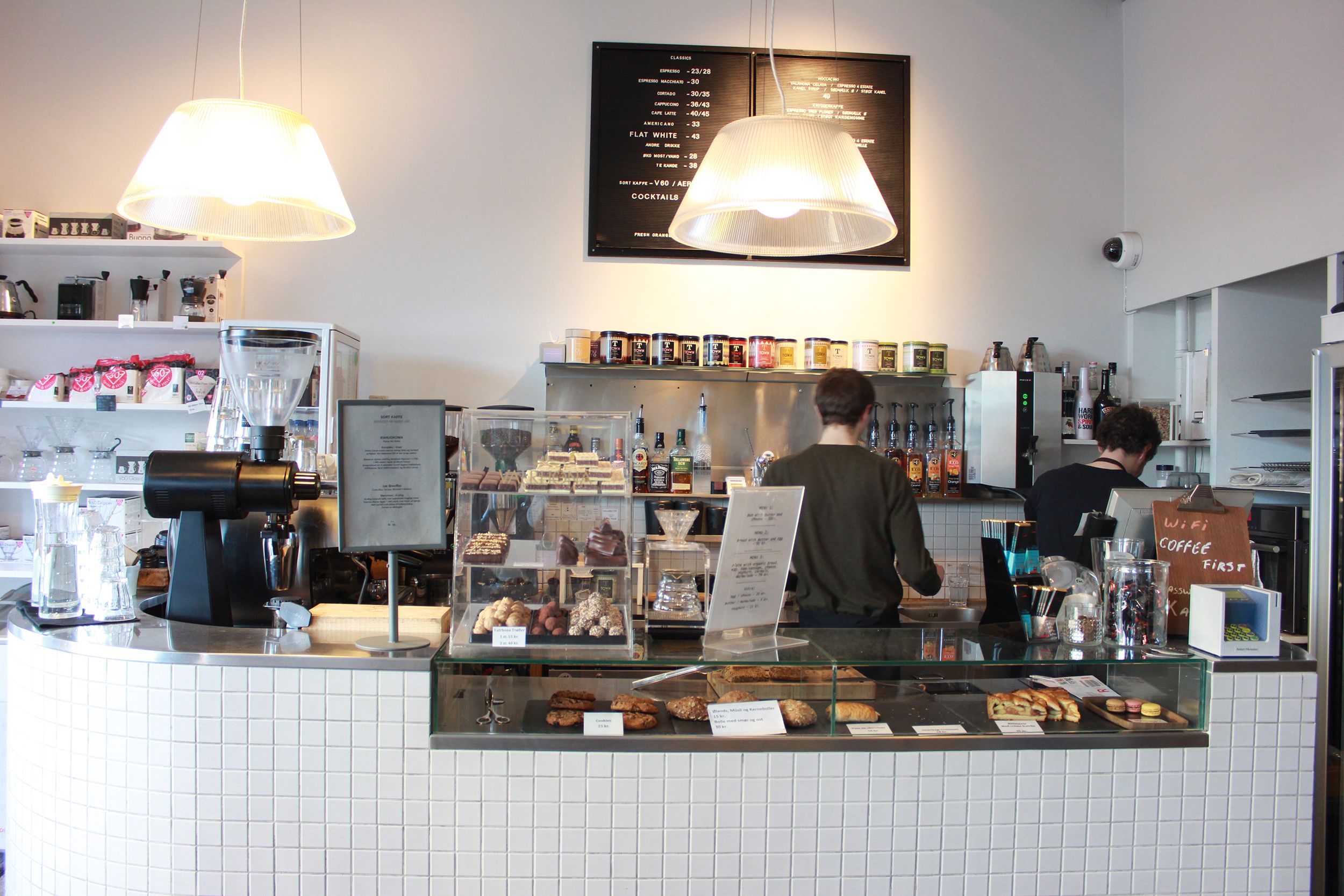The proportion of tourists from the Nordic countries and Germany who chose to visit Denmark fell in the period from 2008 to 2013, but increased very slightly in 2014. Industrial advocates Dansk Industri (DI) point to the high prices tourists are faced with in Denmark and propose measures to make the country more competitive.
In 2008, some 21.4 percent of visitors to the northern European countries spent at least one night in Denmark, but by 2013 this was down to 19.1 percent, climbing marginally to 19.3 percent in 2014.
Denmark’s loss is their neighbours’ gain
Sune K Jensen, who heads DI’s work in the tourism sector, noted that Denmark’s loss has been our neighbours’ gain. “Tourists create growth and workplaces across the whole of Denmark,” she said.
“But in recent years foreign tourists have increasingly been choosing our neighbouring countries.”
The number of tourists visiting Germany and the Netherlands has increased by 4 to 5 percent over the past six years.
Hotel and restaurant prices in Denmark are 50 percent higher than the EU average and cultural activities are a third pricier. Jensen stressed that this was a big factor. “The high prices mean quite simply that tourists don’t feel that they get value for money,” she said.
“And that isn’t good enough. We need to lower electricity duties and introduce full VAT refunds so that the Danish tourist industry can compete with our neighbouring countries on a level playing field.”














